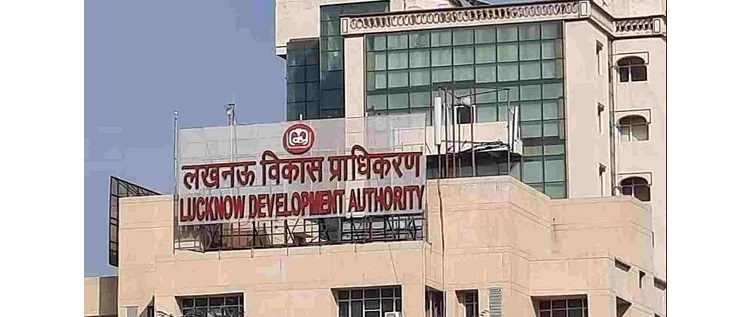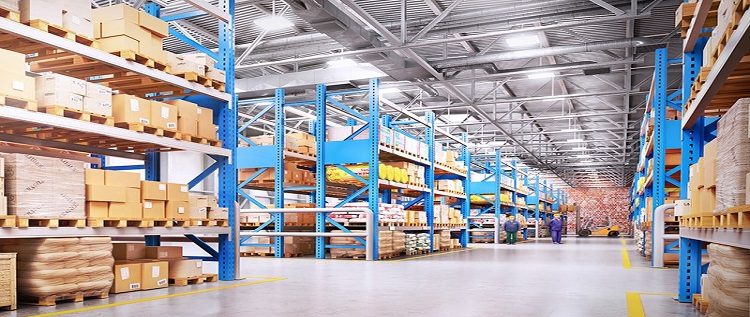E - PAPER
Pune attracts 20% of Institutional Investments in India
Pune city attracted institutional investments of around Rs 9,600 crore during 2015-20. Of the total institutional investments, 49 percent accounted for office assets whereas 25 percent contributed towards the housing segment, a report by JLL titled Real Estate in Post
 BY
Realty Plus
BY
Realty Plus
Published - Wednesday, 14 Jul, 2021

Pune city attracted institutional investments of around Rs 9,600 crore during 2015-20. Of the total institutional investments, 49 percent accounted for office assets whereas 25 percent contributed towards the housing segment, a report by JLL titled Real Estate in Post Pandemic Pune Opportunities in the Making has said.
JLL’s research indicates that 31 million sq ft of office space stock would be eligible for REITs. The REITable stock includes all the operational lease-only projects with area greater than or equal to 2,00,000 sq ft and a vacancy of less than or equal to 20 percent. Most of these projects are owned and operated by prominent developers. Kharadi, Baner, Balewadi, and Hinjewadi which are major IT-office space hubs, would account for 49 percent of the total REITable office space in Pune.
Pune attracts nearly 20 percent of the entire industrial investment in the country. It is an established automobile and durable goods manufacturing hub, with several Indian and foreign industry majors in the field, the report noted. The city’s industrial and warehousing market has grown steadily, with the total stock increasing at a CAGR of 19 percent over the last 5 years to reach nearly 27 million sq ft in 2020. Out of this, nearly 65 percent is Grade A stock.
The city presents an off-campus student housing demand of more than 1.6 lakh beds, which is expected to increase to 2.1 lakh beds by 2023. Employment of migrant millennials is expected to grow and cross 7.3 lakh by 2023, the report said. Of the total institutional investments, 49 percent accounted for office assets whereas 25 percent contributed towards the housing segment.
Pune ranked 2nd on ease of living index with 66.27 index score. Pune city attracted institutional investments of around Rs 9,600 crore during 2015-20. Of the total institutional investments, 49 percent accounted for office assets whereas 25 percent contributed towards the housing segment, a report by JLL titled Real Estate in Post Pandemic Pune – Opportunities in the Making has said.
JLL’s research indicates that 31 million sq ft of office space stock would be eligible for REITs. The REITable stock includes all the operational lease-only projects with area greater than or equal to 2,00,000 sq ft and a vacancy of less than or equal to 20 percent. Most of these projects are owned and operated by prominent developers. Kharadi, Baner, Balewadi, and Hinjewadi which are major IT-office space hubs, would account for 49 percent of the total REITable office space in Pune.
The city’s industrial and warehousing market has grown steadily, with the total stock increasing at a CAGR of 19 percent over the last 5 years to reach nearly 27 million sq ft in 2020. Out of this, nearly 65 percent is Grade A stock. The city presents an off-campus student housing demand of more than 1.6 lakh beds, which is expected to increase to 2.1 lakh beds by 2023. Employment of migrant millennials is expected to grow and cross 7.3 lakh by 2023, the report said.
Pune’s urban infrastructure is set to receive a major facelift with the planned metro network and the Ring Road. The city’s metro network is expected to go operational in the next 24 months. In terms of Ring Roads, the city is getting two of them, the first of the two is under Pune Metropolitan Region Development Authority (PMRDA) and is going to be 65 meters wide. The second Ring Road which is 110 meters wide is under Maharashtra State Road Development Corporation (MSRDC). The outer Ring Road is expected to be completed first before the inner Ring Road. On the outer Ring Road, we are also expected to see a new three strip greenfield airport coming up at Purandar for which land acquisition to the tune of 4000 acres is underway. The airport is expected to have one cargo and three passengers’ strips.
RELATED STORY VIEW MORE
TOP STORY VIEW MORE

Mixed Outlook for Australia's Housing Sector In 2024
Mixed Outlook for Australia's Housing Sector In 2024
05 December, 2024NEWS LETTER
Subscribe for our news letter
E - PAPER
-

CURRENT MONTH 
LAST MONTH














